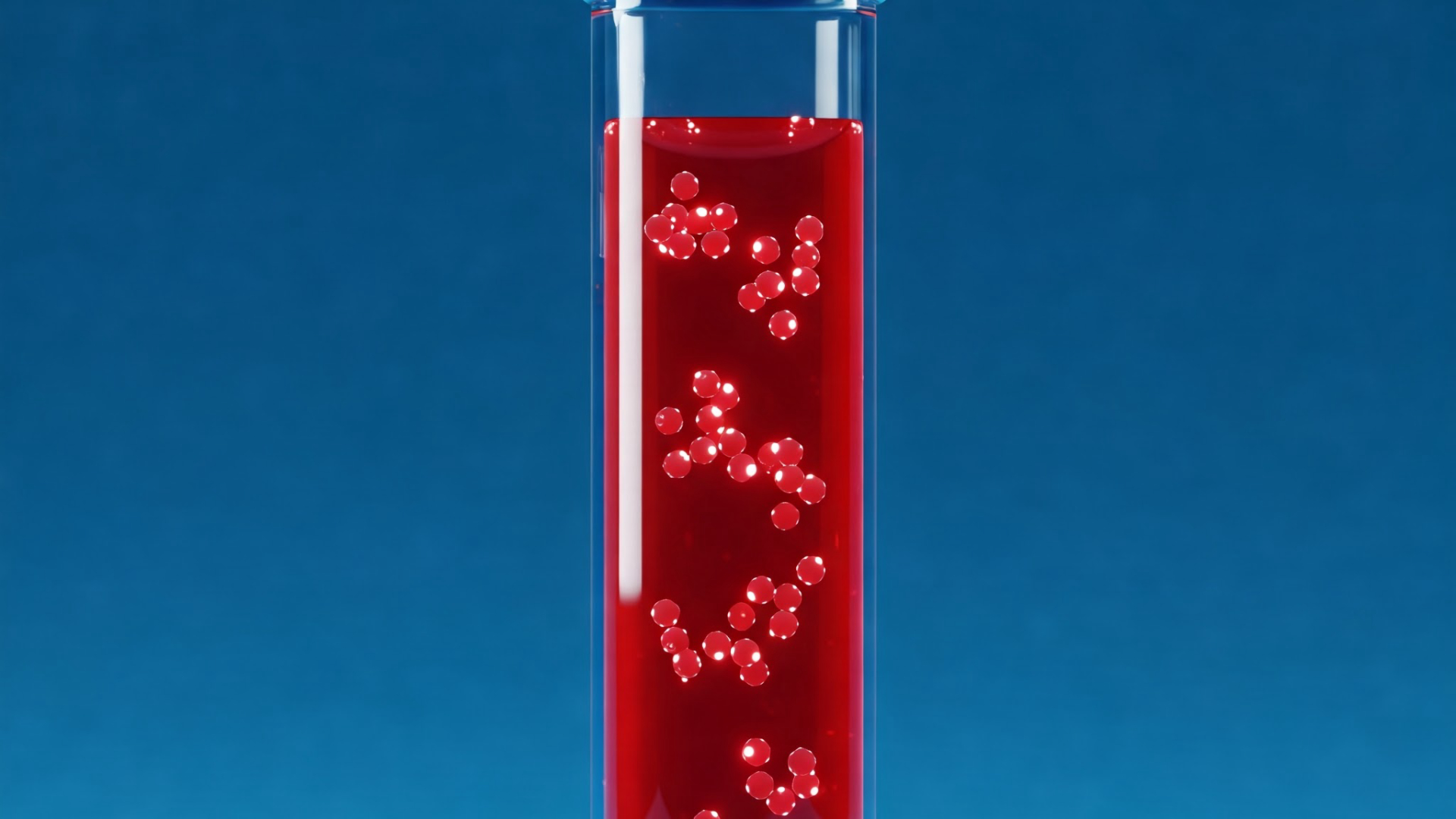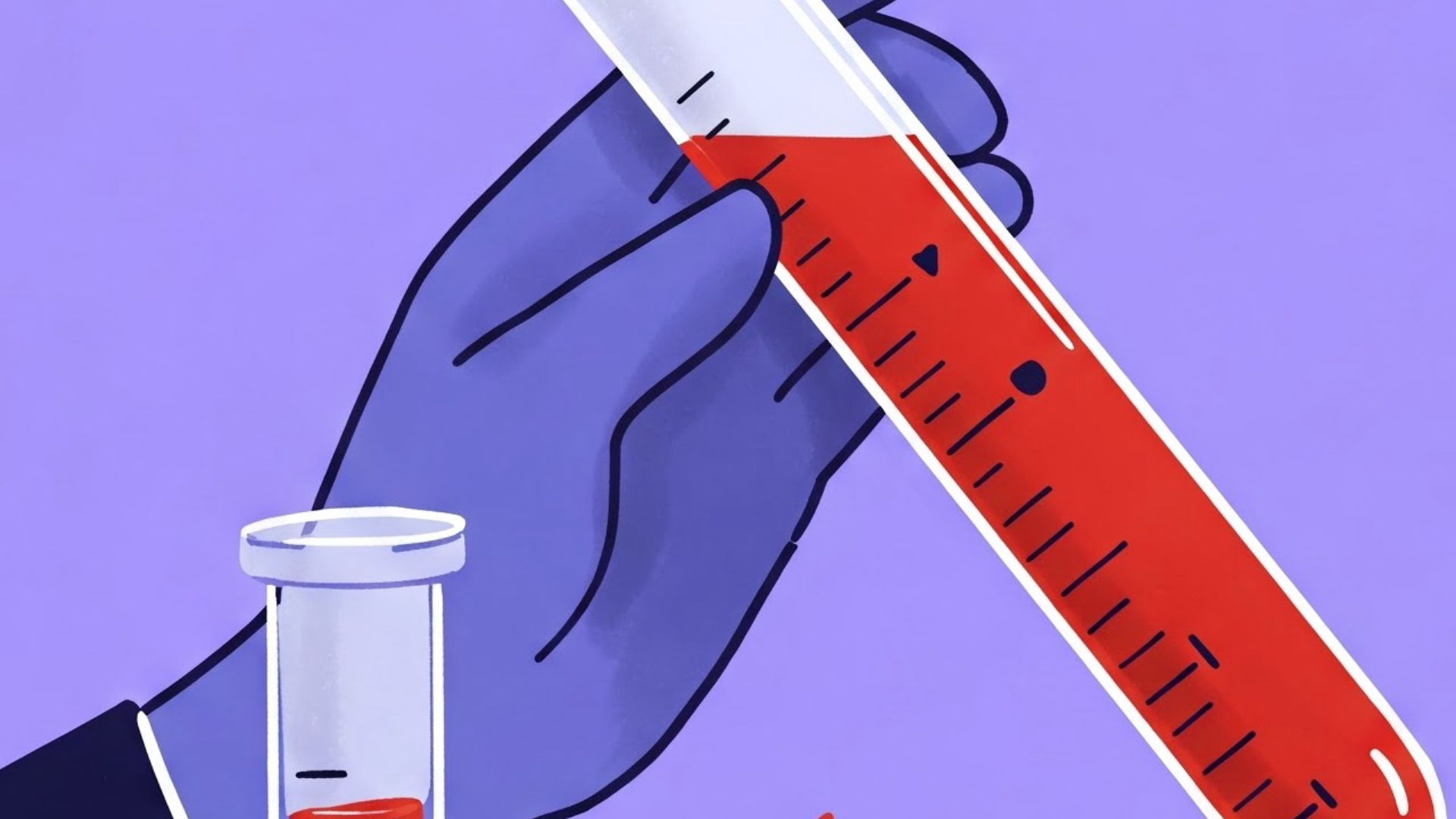Parkinson's and Huntington's Disease: How Do Dopamine and GABA Imbalances Affect Movement?
Published on 01/22/2025 · 6 min readUnderstanding neurological disorders like Parkinson's and Huntington's disease requires delving into the complex world of neurotransmitters. These diseases, while both impacting movement, stem from distinct imbalances in brain chemistry.
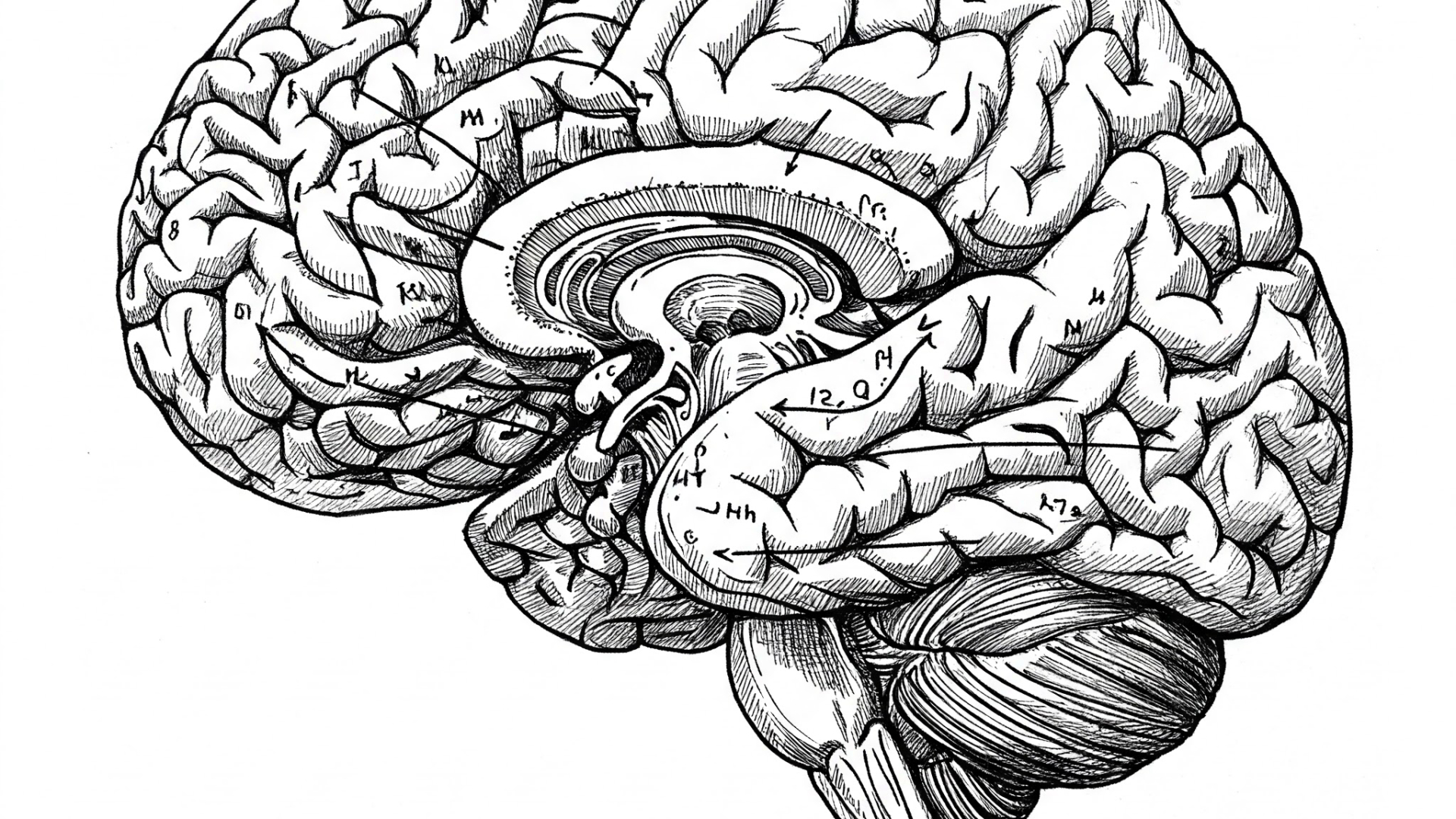
Table of Contents
Parkinson's Disease: The Dopamine DeficiencyWhat is Parkinson's Disease?The Role of DopaminePathophysiology SimplifiedHuntington's Disease: The GABA ImbalanceWhat is Huntington's Disease?The Role of GABAPathophysiology SimplifiedKey Differences Summarized
Parkinson's Disease: The Dopamine Deficiency
What is Parkinson's Disease?
Parkinson's disease (PD) is a chronic, progressive neurodegenerative disorder affecting millions worldwide. It's often associated with movement-related symptoms, leading to the nickname "shaky palsy."
The Role of Dopamine
The core issue in PD is the loss of dopamine-producing neurons in the substantia nigra, a part of the midbrain. Dopamine is crucial for coordinating muscle activity. When these neurons degenerate, the striatum receives insufficient dopamine, leading to:
- Bradykinesia (slow movement)
- Tremors
- Rigidity
- Postural instability
Additionally, non-motor symptoms like fatigue and memory loss can occur.
Pathophysiology Simplified
In a healthy brain, dopamine allows for smooth, controlled movements. In PD, the lack of dopamine results in unbalanced signals from the striatum, causing the characteristic tremors and other motor impairments. The exact cause of this neuronal loss remains unknown, though environmental toxins, oxidative stress, and genetic factors are suspected.
Huntington's Disease: The GABA Imbalance
What is Huntington's Disease?
Huntington's disease (HD), also known as chorea, is a progressive neurodegenerative disorder characterized by uncontrolled movements. It has a gradual onset, typically between 30 and 50 years of age.
The Role of GABA
HD involves the degeneration of cells in the basal ganglia, specifically leading to a loss of GABA (gamma-aminobutyric acid), an inhibitory neurotransmitter. GABA normally prevents excessive movement. In HD, the lack of GABA results in:
- Chorea (uncontrolled, jerky movements)
- Irritability
- Difficulty in decision-making
Pathophysiology Simplified
Unlike PD, dopamine levels in HD are typically normal, allowing for the initiation of movements. However, the lack of GABA prevents the brain from effectively stopping or controlling these movements, leading to chorea. This "dancing" movement is a hallmark symptom of HD.
Key Differences Summarized
| Feature | Parkinson's Disease | Huntington's Disease |
|---|---|---|
| Primary Neurotransmitter Deficiency | Dopamine | GABA |
| Movement Symptoms | Tremors, bradykinesia, rigidity | Chorea (uncontrolled movements) |
| Affected Brain Region | Substantia nigra | Basal ganglia |
Citations:
National Institute of Neurological Disorders and Stroke - Parkinson's Disease
National Institute of Neurological Disorders and Stroke - Huntington's Disease
Shop related blood tests
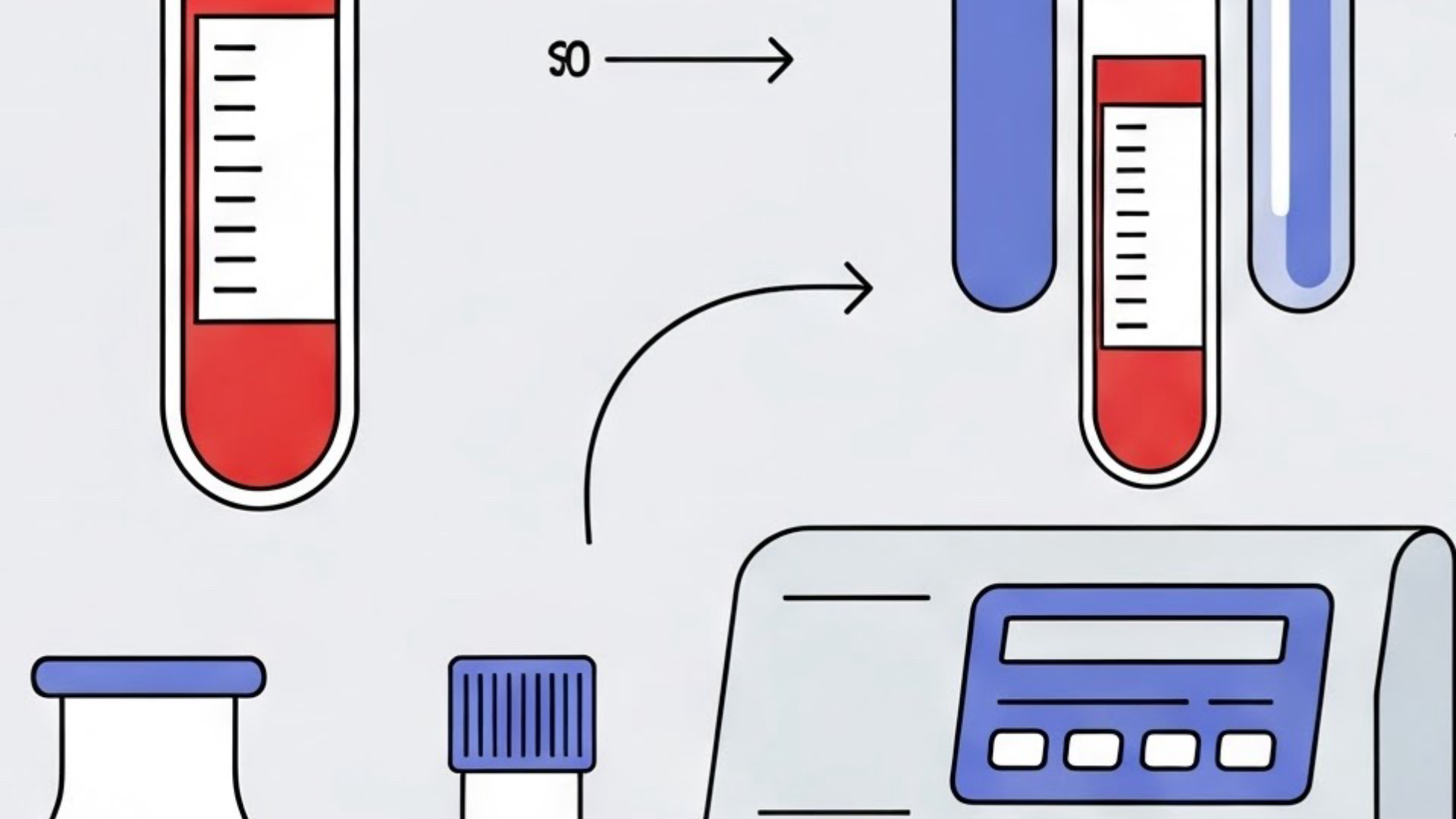
Comprehensive Metabolic Panel (CMP)
This expands upon the BMP and includes liver function tests, which can be useful when considering medications that might be metabolized by the liver.
Read next
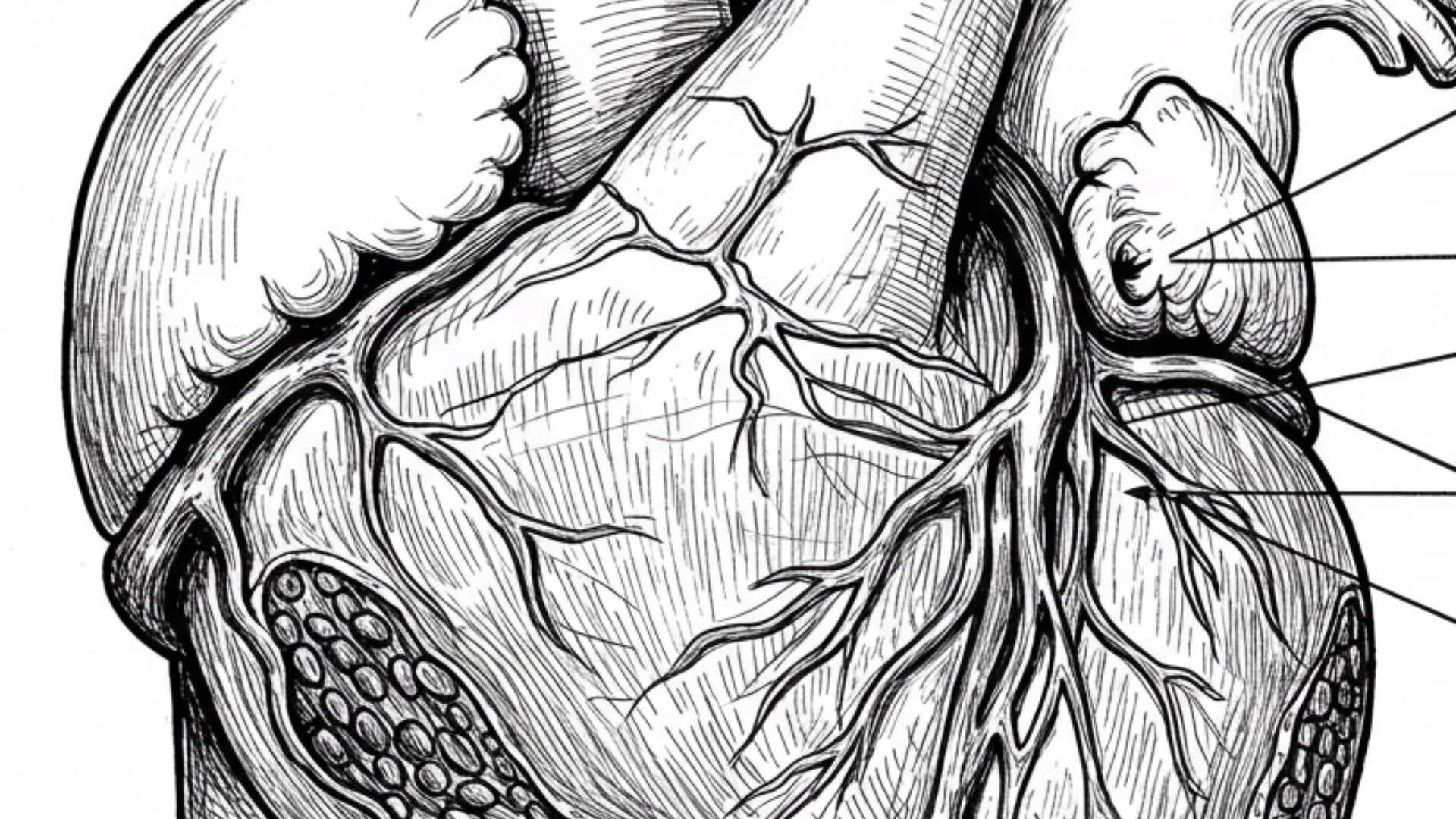 Written on 02/24/2025
Written on 02/24/2025Constrictive Pericarditis: How Does a Thickened Pericardium Impair Heart Function and Cause Systemic Symptoms Like JVD, Ascites, and Pulsus Paradoxus?
The heart, our tireless engine, is enveloped by a protective sac called the pericardium. Normally thin and flexible, the pericardium can sometimes become thick and rigid due to inflammation, a condition known as pericarditis. When this thickening becomes chronic and constricting, it leads to constrictive pericarditis, significantly hindering the heart's ability to function properly. Read more
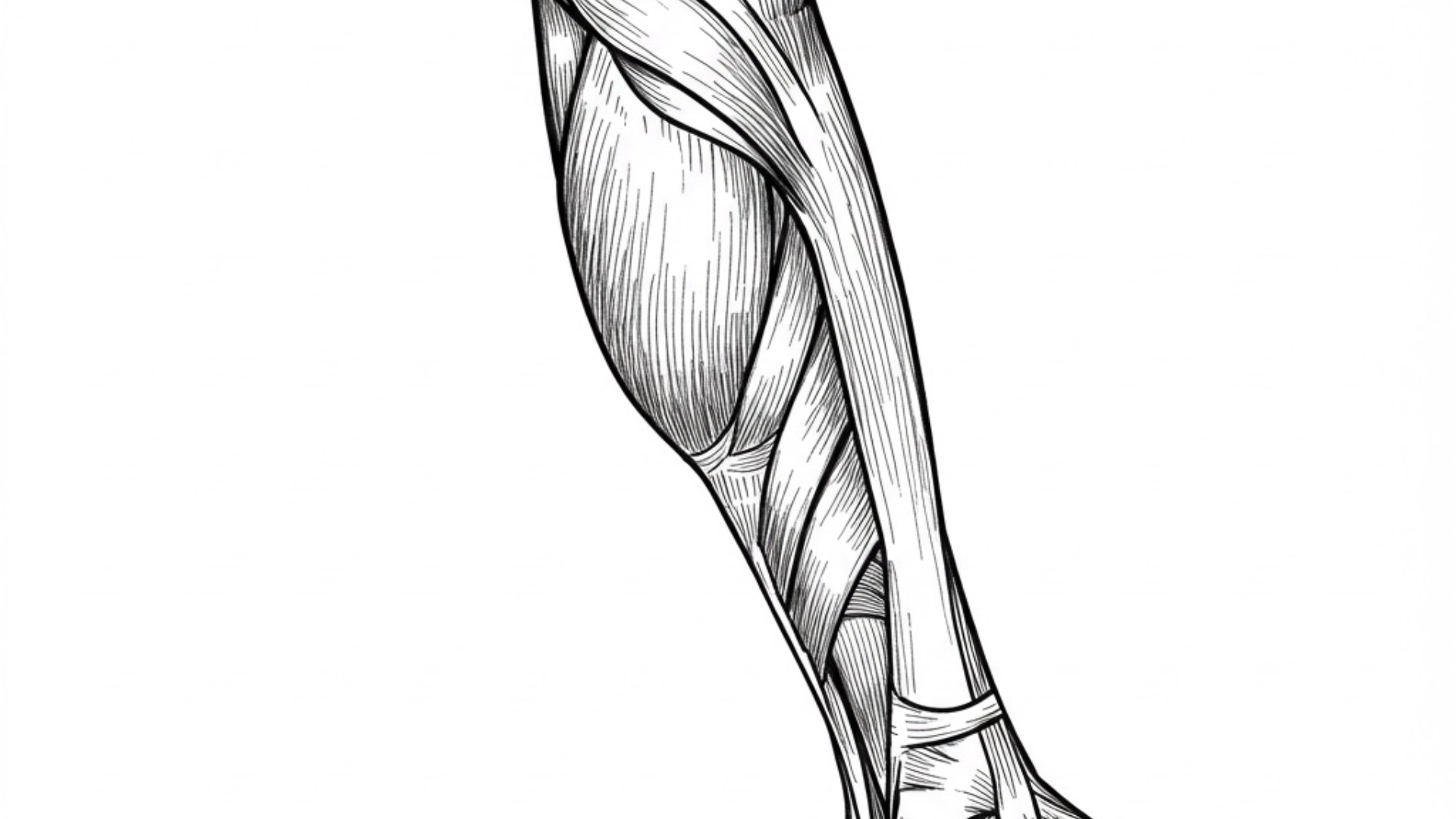 Written on 02/25/2025
Written on 02/25/2025Lower Limb Muscles and Ligaments: What Are the Key Structures and Their Functions?
Understanding the intricate network of muscles and ligaments in your lower limbs is fundamental to comprehending movement, stability, and potential injuries. Let's delve into the key structures of the hip, thigh, and gluteal region. Read more
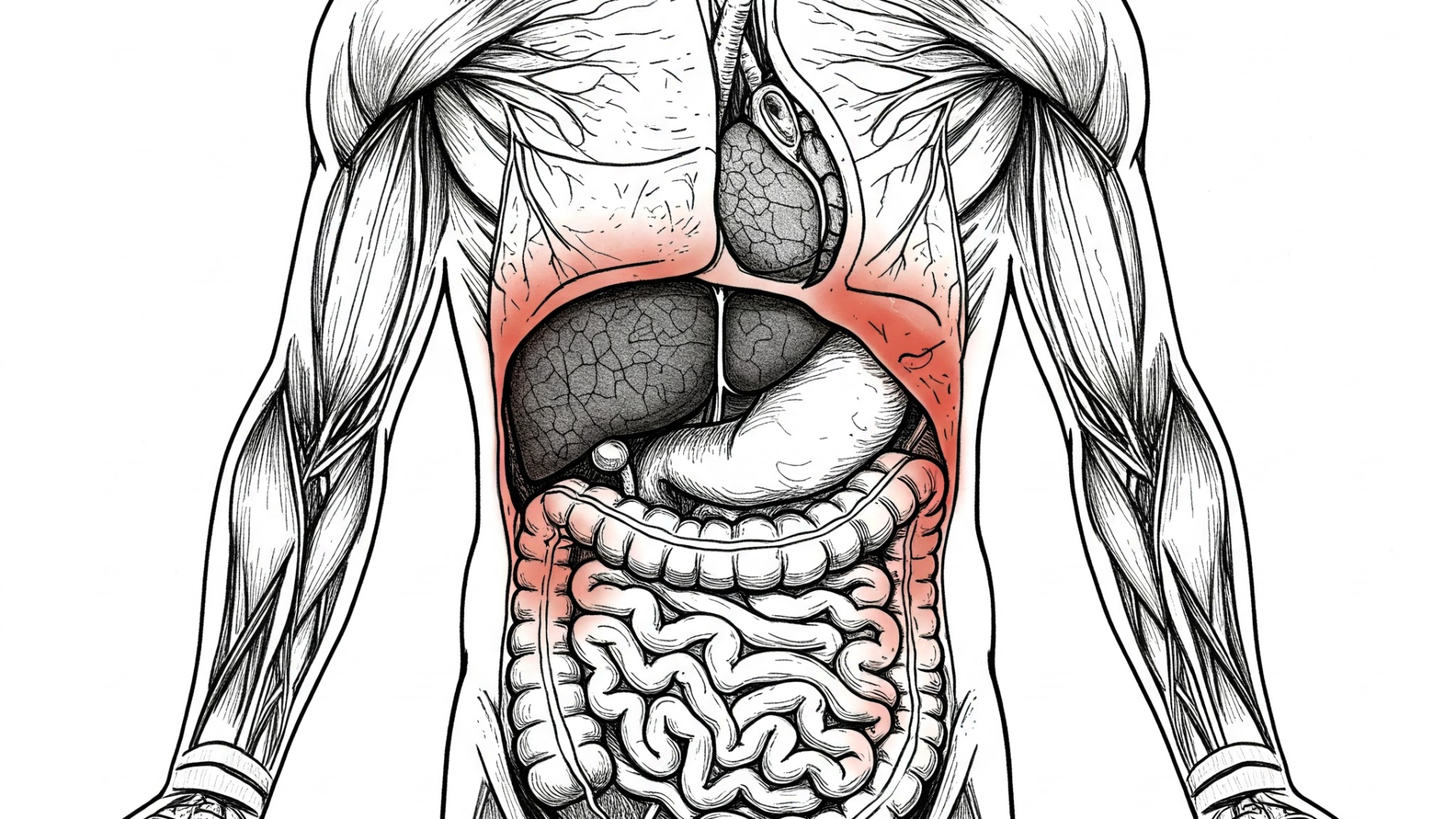 Written on 03/04/2025
Written on 03/04/2025What Is Niacin, What Are Its Functions, What Happens in Deficiency, and How Is It Treated?
Niacin, also known as vitamin B3, nicotinic acid, or nicotinamide, is an essential water-soluble vitamin with a fascinating dual role in the human body. At lower doses, it acts as a crucial vitamin, while at higher doses, it exhibits properties that make it an effective treatment for hyperlipidemia (high cholesterol). Read more
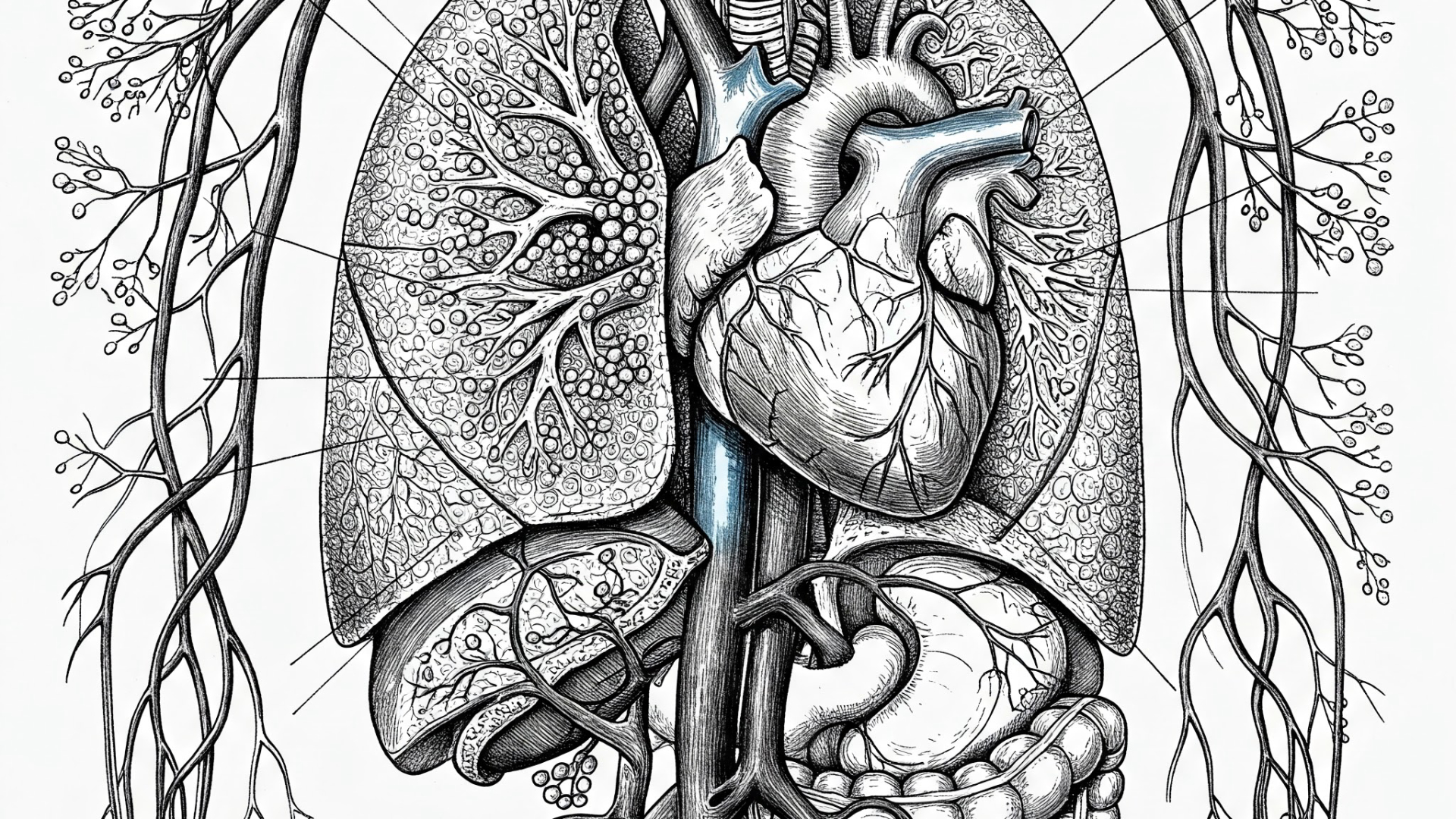 Written on 03/05/2025
Written on 03/05/2025How Do Ventilation and Perfusion Differ Across Lung Zones, and What Are the Implications of V/Q Mismatch in Respiratory Health and Disease?
Understanding how air and blood flow work together in your lungs is key to grasping respiratory health. This post dives into the concepts of ventilation (air in) and perfusion (blood flow) in the lungs, exploring how they vary and why these differences matter. Read more
